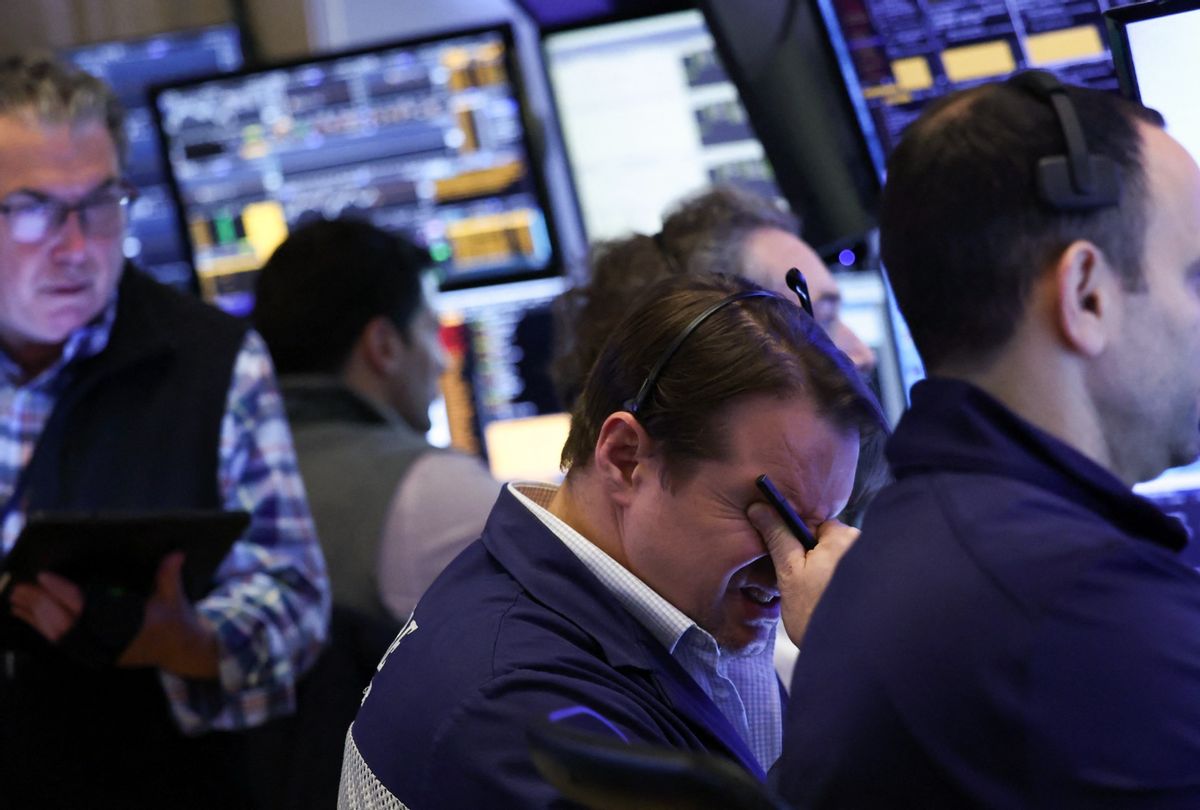U.S. stocks tumbled on Thursday amid investor jitters over President Donald Trump's sweeping tariffs of at least 10% or higher for an array of trade partners. The S&P 500 dropped 3.6%, setting it up for its worst day since September 2022, while the Dow Jones Industrial Average lost 1,300 points, or more than 3%. The Nasdaq Composite suffered over a 4% loss.
The risk of a trade war and the disruption of supply chains have landed a blow on American companies like Nike, Apple and Gap, which dropped 11%, 9% and 20% respectively. Foreign stocks have also suffered, with the European benchmark Stoxx 600 falling by 2% and Japan's Nikkei slumping by 2.7%.
Investors had been bracing for the tariff fallout, but Trump's tariff announcement on Wednesday exceeded many of their worst fears. The new effective tariff rate for China will now be 54%, the White House told CNBC, far more than the 10% or 20% rate that investors hoped would be a universally applied cap, not a starting point.
Trump, in his usual bullish element, declared that April 2 was "Liberation Day" -- as in, liberation from an allegedly disadvantageous trading position that has been costing the U.S. manufacturing jobs. Economists and many lawmakers, including those from Trump's own party, disagreed, warning that tariffs are effectively a tax on American consumers.
“This is probably worse than the worst case scenario that was modeled,” CNBC analyst Bonawyn Eison said on Fast Money, referring to the enormity of Trump's tariffs and the devastation they might wreak on the economy.
Steve Liesman, CNBC’s senior economics reporter, agreed. “This just seems like the president having his own sort of school of economics that’s different from everybody else," he said.
Trump also appears to be using his own unique calculation to justify what he calls "reciprocal" tariffs on other countries playing unfairly -- fact-checkers have pointed out that his administration dividing each country's trade deficit with the U.S. by half and calling that a tariff.



Shares